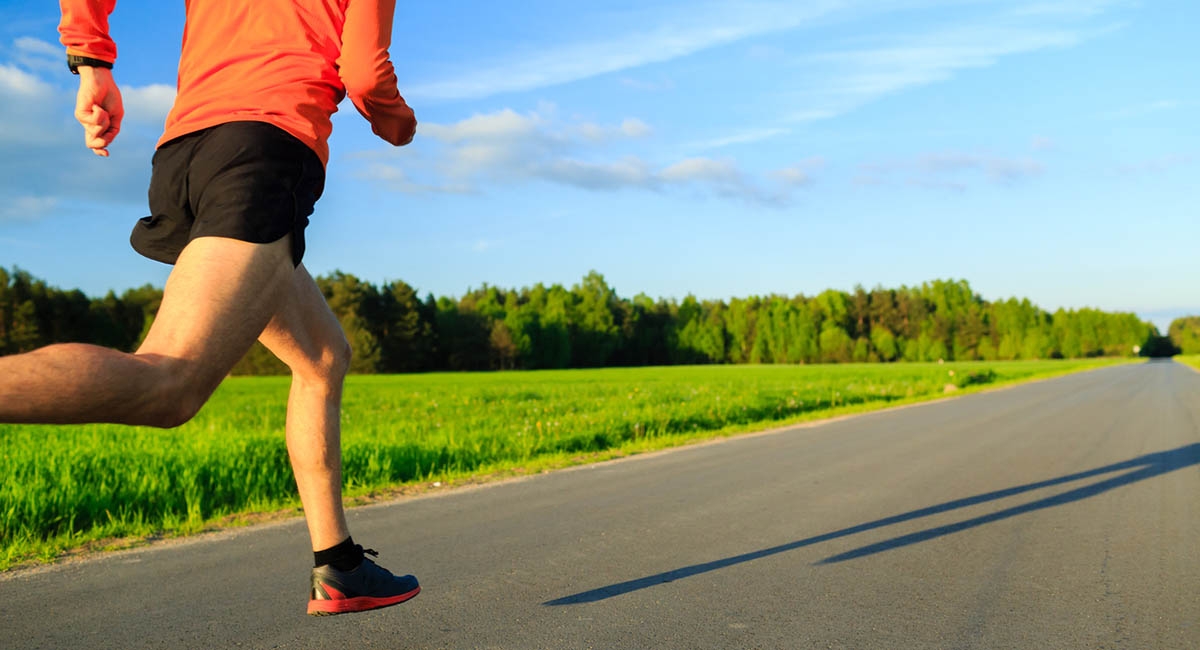
Running flat feet? Read on
Running is a sport that people from any walk of life can enjoy. It has been a staple of the human race for centuries, and it's one of the best ways to keep fit, lose weight, and stay healthy. And if you're looking for a new hobby or want to try something new, running is an excellent option.
Running is among the most popular outdoor activities in the world. In 2016, there were about 20 million runners registered with USA Track & Field as members, according to their website.
Running with flat feet is a condition of the foot where the arch is missing. This condition can lead to problems in many ways, including pain, poor circulation of blood, and muscle fatigue.
To solve this problem, you might need to change your running style or strengthen your arch by doing exercises and running with a foot orthotic. This article will provide you with a guide on how to run on a flat foot.
We're going to include a few simple exercises you can try that will help you improve your running form, strengthen your ankles and feet, and reduce the risk of injury.
Running is great. It's fun, a great stress reliever, and best of all, it helps with weight loss! But if you want to make sure you're training for success rather than injury, make sure that every step counts. A good rule of thumb is to stop doing it if it hurts or feels wrong when you do something! Follow these tips from an expert in the field to ensure that your feet stay safe while running.
How does foot type affect running technique?
According to the biomechanical principles, there are three main foot types: neutral, overpronation and underpronation. The foot type is determined by the angle at which the foot rolls on the ground. To determine which running technique is best for a certain person, it is important to know their foot type.
Neutral feet provide a balanced rolling motion from heel to toe. Overpronation refers to when one or both feet roll inward excessively at the heel with minimal movement of toes outwardly. Finally, underpronation occurs when one or both feet roll outward excessively with minimal movement of toes inwardly. If a runner has a neutral foot type, they can perform any running technique as they have no natural tendencies towards pronating or pronating less than others do.
Running technique with flat feet
Running with flat feet is different from running with high arches. It requires lower body strength and requires a different approach to running.
Many runners will quickly say that they should never run with flat feet, but this isn't necessarily true. Running with flat feet can be done without risk of injury if the runner is careful and knows their body well enough to compensate for the problem.
Running technique varies depending on whether or not the runner has high arches, and this is one reason why you should always check your running shoes before you head out for a run. The higher your arch, the less strain you'll put on your joints when you land on your toes, which will make it easier for you to go farther without getting injured.
Treatment of Flat feet:
Flat feet are a common foot disorder that can result from various causes, including age, genetics, and overuse. As a result, the condition is prevalent among people of all ages and is often poorly managed.
● Arch supports
Arch supports are an effective treatment for flat feet running. They help relieve pressure off the arches and the surrounding tissue to allow for proper healing and recovery.
When properly fitted by a podiatrist or orthopedist, arch supports can provide lasting relief from the pain associated with flat feet running.
● Stretching exercises
Stretching exercises can also help to relieve any pain associated with flat feet. They can improve your flexibility and reduce the chances of developing other issues such as plantar fasciitis or Achilles tendinitis.
● Supportive shoes
You can find supportive-shoe options for runners of all levels of experience. The key to finding the right pair is finding one that works with your biomechanics.
Running shoes are primarily designed for running, but they should also be comfortable and flexible enough to accommodate any other activity you may do. Find a shoe that fits your foot well and offers arch support if needed.
PHOTO: iStock










